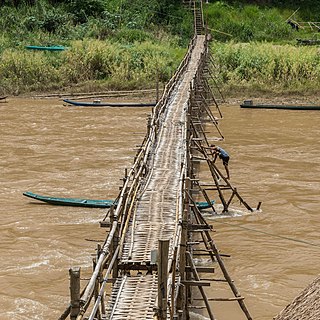 W
WA footbridge is a bridge designed solely for pedestrians. While the primary meaning for a bridge is a structure which links "two points at a height above the ground", a footbridge can also be a lower structure, such as a boardwalk, that enables pedestrians to cross wet, fragile, or marshy land. Bridges range from stepping stones–possibly the earliest man-made structure to "bridge" water–to elaborate steel structures. Another early bridge would have been simply a fallen tree. In some cases a footbridge can be both functional and artistic.
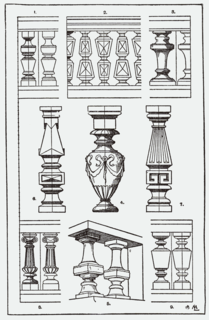 W
WA baluster is a vertical moulded shaft, square, or lathe-turned form found in stairways, parapets, and other architectural features. In furniture construction it is known as a spindle. Common materials used in its construction are wood, stone, and less frequently metal and ceramic. A group of balusters supporting a handrail, coping, or ornamental detail are known as a balustrade.
 W
WIn transportation infrastructure, a bidirectional traffic system divides travellers into two streams of traffic that flow in opposite directions.
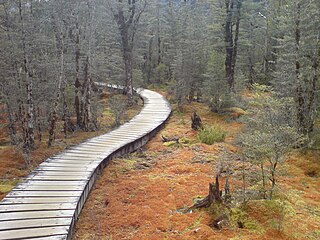 W
WA boardwalk is an elevated footpath, walkway, or causeway built with wooden planks that enables pedestrians to cross wet, fragile, or marshy land. They are also in effect a low type of bridge. Such timber trackways have existed since at least Neolithic times.
 W
WBridges to Prosperity is a United States-based nonprofit organization that partners with local governments to connect communities via pedestrian bridges. Bridges to Prosperity is based in Denver, Colorado, with staff around the world.
 W
WA bus bulb, also called a bus boarder, bus border, bumpout, bus cape, or a kerb outstand is an arrangement by which a sidewalk or pavement is extended outwards for a bus stop; typically the bus bulb replaces roadway that would otherwise be part of a parking lane. With bus bulbs or boarders, a bus can stay in its traffic lane to discharge and pick up passengers, instead of having to pull over to the curb.
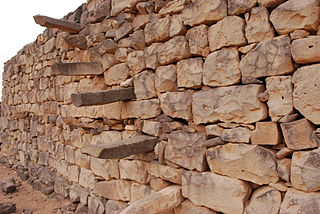 W
WCantilevered stairs, or floating stairs, are a type of staircase.
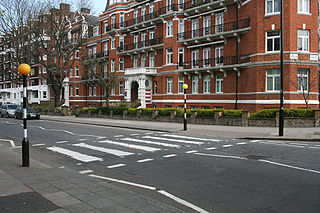 W
WA pedestrian crossing or crosswalk is a place designated for pedestrians to cross a road, street or avenue. The term "pedestrian crossing" is also used in some international treaties that pertain to road traffic and road signs, such as the Vienna Convention on Road Traffic and the Vienna Convention on Road Signs and Signals.
 W
WA curb cut (U.S.), curb ramp, depressed curb, dropped kerb (UK), pram ramp, or kerb ramp (Australia) is a solid ramp graded down from the top surface of a sidewalk to the surface of an adjoining street. It is designed primarily for pedestrian usage and commonly found in urban areas where pedestrian activity is expected. In comparison with a conventional curb a curb cut is finished at an intermediate gradient that connects both surfaces, sometimes with tactile paving.
 W
WA curb extension is a traffic calming measure which widens the sidewalk for a short distance. This reduces the crossing distance and allows pedestrians and drivers to see each other when parked vehicles would otherwise block visibility.
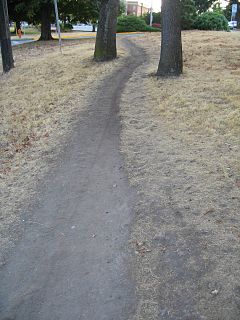 W
WA desire path is a path created as a consequence of erosion caused by human or animal foot traffic. The path usually represents the shortest or most easily navigated route between an origin and destination. The width and severity of erosion are often indicators of the traffic level that a path receives. Desire paths emerge as shortcuts where constructed paths take a circuitous route, have gaps, or are non-existent.
 W
WAn escalator is a moving staircase which carries people between floors of a building or structure. It consists of a motor-driven chain of individually linked steps on a track which cycle on a pair of tracks which keep them horizontal.
 W
WA grating is any regularly spaced collection of essentially identical, parallel, elongated elements. Gratings usually consist of a single set of elongated elements, but can consist of two sets, in which case the second set is usually perpendicular to the first. When the two sets are perpendicular, this is also known as a grid or a mesh.
 W
WA bus stop kerb is a special kerb designed for low-floor buses that serve an elevated bus stop platform. The usage spread after good experiences with the Kassel kerb featuring a concave-section that allows for an easier alignment for buses which was first introduced in the German city of Kassel.
 W
WIn traditional Persian architecture, a kucheh or koocheh, is a narrow especially designed alley. Remnants of it are still seen in modern Iran and regional countries.
 W
WLegaran Segget is a pedestrian walkway in Johor Bahru, Johor, Malaysia which is a covered-up river, Segget River. It is an urban renewal project by the Johor Bahru City Council to eliminate the terrible stench previously emitted from the river.
 W
WA moving walkway, also known as an autowalk, moving pavement, moving sidewalk, people-mover, travolator, or travelator, is a slow-moving conveyor mechanism that transports people across a horizontal or inclined plane over a short to medium distance. Moving walkways can be used by standing or walking on them. They are often installed in pairs, one for each direction.
 W
WA parklet is a sidewalk extension that provides more space and amenities for people using the street. Usually parklets are installed on parking lanes and use several parking spaces. Parklets typically extend out from the sidewalk at the level of the sidewalk to the width of the adjacent parking space.
 W
WA footbridge is a bridge designed solely for pedestrians. While the primary meaning for a bridge is a structure which links "two points at a height above the ground", a footbridge can also be a lower structure, such as a boardwalk, that enables pedestrians to cross wet, fragile, or marshy land. Bridges range from stepping stones–possibly the earliest man-made structure to "bridge" water–to elaborate steel structures. Another early bridge would have been simply a fallen tree. In some cases a footbridge can be both functional and artistic.
 W
WPedways are elevated or underground walkways, often connecting urban high-rises to each other, other buildings, or the street. They provide quick and comfortable movement from building to building, away from traffic and inclement weather. Two of the largest networks of underground walkways are located in Canada. RÉSO in Montreal and PATH in Toronto each consist of approximately 30 km of underground walkways in the heart of their respective city centres.
 W
WA riverfront is a region along a river. Often in larger cities that are traversed or bordered by one or more rivers, the riverfront is lined with marinas, docks, cafes, museums, parks, or minor attractions. Today many riverfronts are a staple of modernism and city beautification.
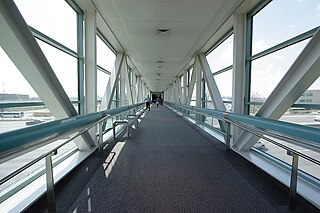 W
WA pedestrian separation structure is any structure that removes pedestrians from a roadway, street or railway track. This creates a road junction where vehicles and pedestrians do not interact.
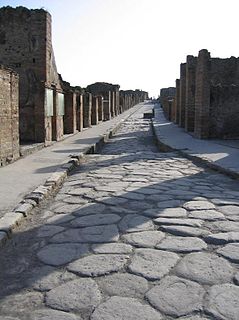 W
WA sidewalk, pavement, footpath, or footway, is a path along the side of a road. Usually constructed of concrete or asphalt, it is designed for pedestrians. A sidewalk may accommodate moderate changes in grade (height) and is normally separated from the vehicular section by a curb. There may also be a median strip or road verge either between the sidewalk and the roadway or between the sidewalk and the boundary.
 W
WA skyway, skybridge, or skywalk is an elevated type of pedway connecting two or more buildings in an urban area, or connecting elevated points within mountainous recreational zones. Urban skyways very often take the form of enclosed or covered footbridges that protect pedestrians from the weather. Open-top modern skyways in mountains now often have glass bottoms. Sometimes enclosed urban skywalks are made almost totally from glass, including ceilings, walls and floors. Also, some urban skyways function strictly as linear parks designed for walking.
 W
WStairs, a stairway, a staircase, a stairwell, or a flight of stairs is a construction designed to bridge a large vertical distance by dividing it into smaller vertical distances, called steps. Stairs may be straight, round, or may consist of two or more straight pieces connected at angles.
 W
WA transport network, or transportation network is a network or graph in geographic space, describing an infrastructure that permits and constrains movement or flow. Examples include but are not limited to road networks, railways, air routes, pipelines, aqueducts, and power lines. The digital representation of these networks, and the methods for their analysis, is a core part of spatial analysis, geographic information systems, public utilities, and transport engineering. Network analysis is an application of the theories and algorithms of Graph theory and is a form of proximity analysis.
 W
WA tree grate is a metallic grating installed at the same level with the pavement around a tree that allows the soil underneath to stay uncompacted and the pedestrians to walk near the tree without stepping on the soil. Grate slots allow tree roots to absorb air, sunlight, and water, meanwhile its soil is protected from pedestrian traffic impact. Tree grates create a protective barrier, providing uncompacted soil and development space for tree roots. They also serve as a decorative element along ceremonial streets, matching a street's design style and personality.
 W
WAn underground city is a series of linked subterranean spaces that may provide a defensive refuge; a place for living, working or shopping; a transit system; mausolea; wine or storage cellars; cisterns or drainage channels; or several of these.
 W
WWalkability is a measure of how friendly an area is to walking. Walkability has health, environmental, and economic benefits. Factors influencing walkability include the presence or absence and quality of footpaths, sidewalks or other pedestrian rights-of-way, traffic and road conditions, land use patterns, building accessibility, and safety, among others. Walkability is an important concept in sustainable urban design. Project Drawdown describes making cities walkable as an important solution in the toolkit for adapting cities to climate change: it reduces carbon emissions, and improves quality of life.
 W
WIn American English, walkway is a composite or umbrella term for all engineered surfaces or structures which support the use of trails.